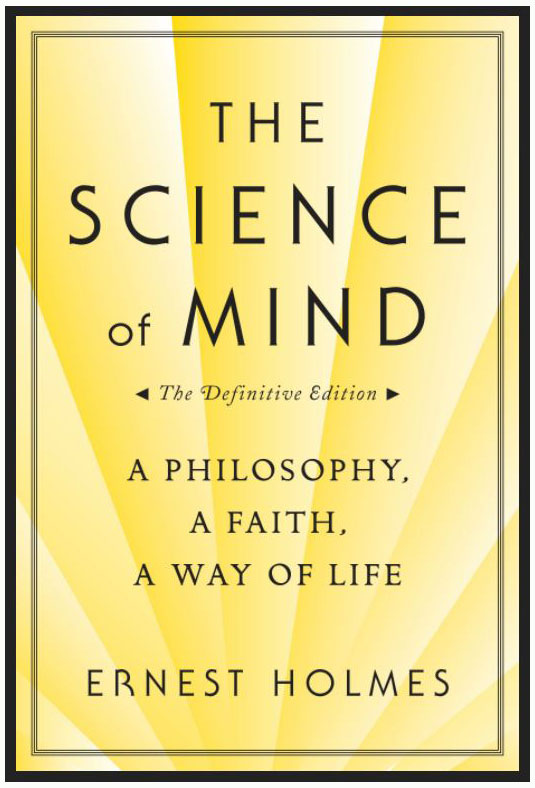Science of Mind
Science of Mind (SOM), previously known as Religious Science, was founded in 1927 by Ernest Holmes (1887–1960). It is a religious movement within the New Thought movement. Upon publication of his seminal book in 1926, ‘The Science of Mind’, Holmes established the Institute for Religious Science and School of Philosophy in Los Angeles. This organization would later become the Church of Religious Science. Holmes, who had studied Christian Science (Mary Baker Eddy), from which he adapted the name, had no intention of creating a new denomination. In 1953 the Church of Religious Science split into two organizations, known today as the United Centers for Spiritual Living, or UCSL (formerly the United Church of Religious Science, or UCRS), and Religious Science International, or RSI. RSI cites the cause of the split as "differences in approach to corporate structure and church administration." SOM teachings generally have an idealistic tone but are based on ‘scientific’ thinking. A scientific method of teaching the use of the one Universal Power – God. SOM teaches that all beings are expressions of Infinite Intelligence and Infinite Love, also known as Spirit, God, or the One Mind. SOM teaches that thought is creative, and people can learn to more consciously create their own experience. A slogan used by some Religious Science churches is "Change Your Thinking, Change Your Life." Accepting that God is the creator of everything that is now is, ever was, or ever will be, it teaches how, through correct, conscious use of the Law of Life, we may use the Mind of God and the Power of God to bring all that we desire into our lives. Important to think and to reason. When people say, “It is beyond your mind” that is wrong and cruel, and it means stay stupid. We are all part of God. Important to keep that close to you. People can achieve more fulfilling lives through a process called Spiritual MInd Treatment, or affirmative prayer. The mental healing work of Dr. Phineas P. Quimby was a source of inspiration to much of the New Thought movement, including Religious Science. Although some of the teachings are similar, Religious Science is not to be confused with Christian Science, founded by Mary Baker Eddy. Former Christian Scientist Emma Curtis Hopkins developed her own method of "Scientific Christian Mental Practice," which she taught to Holmes and founders of several other New Thought denominations (including the Fillmores, founders of Unity Church, and the Brooks sisters, co-founders of Divine Science). Her work was later published as a book by the same name. Ernest Holmes was strongly influenced by Ms. Hopkins and by the writings of Judge Thomas Troward and Ralph Waldo Emerson, as he developed his synthesis which became known as Religious Science.
z |
